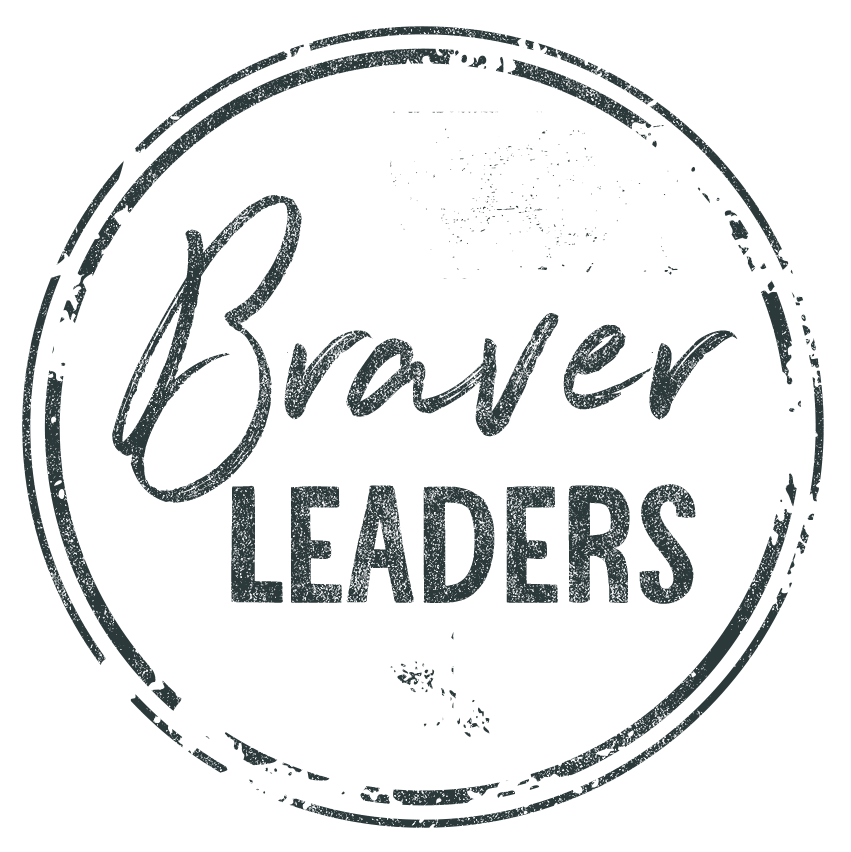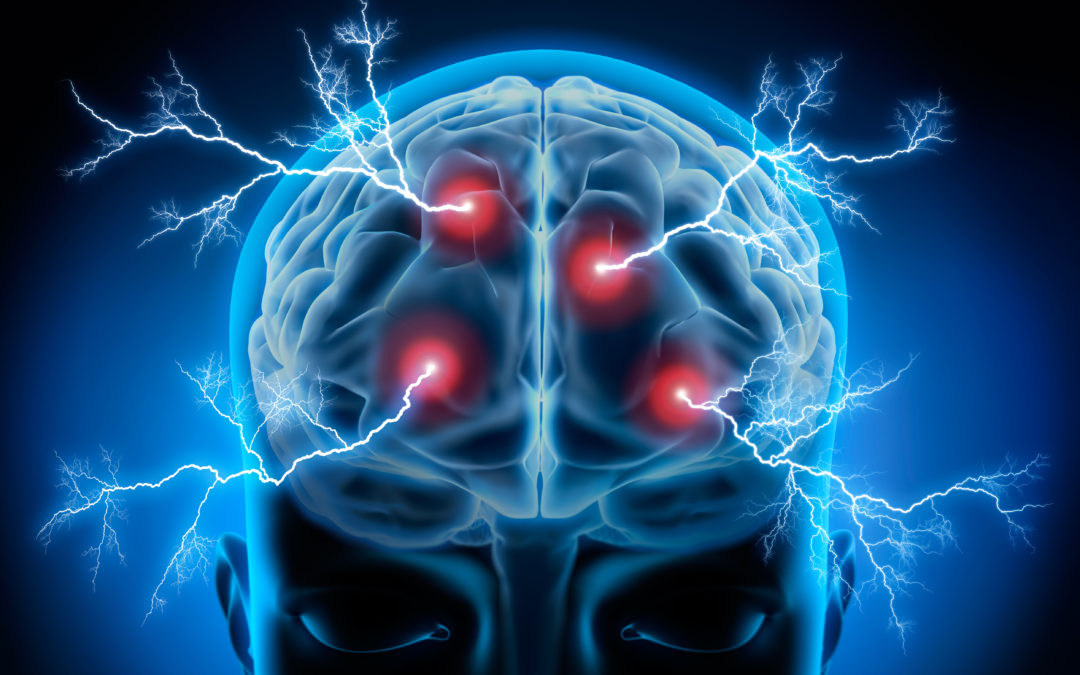
The Power of Story – Part 2 of 3
Your Internal Stories Are Your Reality.
First up, your brain is a very clever piece of kit – until it’s not. It has a sophisticated neural network as we discussed in part one of this series, the trouble is it doesn’t differentiate between real and imagined. Which basically means whatever you are thinking about, focused on or actually doing has the same amount of power over how you feel, how you show up and what you actually achieve. Great news if you are feeding your brain with empowering, self-affirming stories – the trouble is most of us do just the opposite.
We are wired to stay safe, to repeat patterns and to fear the unknown, therefore most of your unconscious narrative serves exactly that purpose. Unconscious is the key bit here, you repeat the stories, or patterns so frequently they are just part of who you are – you probably don’t even recognise them as stories – they are just part of who you are. Unless you can identify these stories, they will continue to drive your life – and you will probably call it fate. One way of finding them is to look at your favourite excuses or our ‘inner critic’, both of which serve to stop us taking risks that might impact our ‘safety’.
Your identity – or how you see yourself, is totally tied up in the stories you tell yourself!
I’ve talked to 1000s of business owners and leaders over the years and sadly many of the stories I hear, often from outwardly successful people are stories of ‘not enoughness’ in some form or other: not bright enough, not lucky enough, not connected enough, not fit enough & so on… Many of these stories build out to create firmly held self-limiting beliefs, things you can’t do or won’t achieve.
It’s one thing knowing this but understanding why it happens and what to do about, it is where story gets really powerful. Many of these beliefs grew from stories created in moments of emotional processing. Daniel Goleman (1995) calls this Emotional Hijacking – essentially something happens and your limbic system, particularly your Amygdala reacts to the stimulus more quickly than your more logical neocortex can think and plan its response. The limbic system fills in the actual knowledge gaps with story drawn from previous emotional encounters and from this a physiological reaction often reinforcing your values and beliefs. And so the hijacking cycle is created.
Fixing this is not as simple as saying a few affirmations – it’s not what you say out loud that has the impact, but what you truly believe internally. This said story is still a fast and sustainable route to behaviour change.
Step One: Get familiar with your stories,
- What do you repeatedly tell yourself? (think inner critic here if you are struggling)
- What do you really believe about yourself?
- What excuses do you consistently make?
Once you bring these into your consciousness you can start to unpick them. I find Robert Dilts’s Neurological levels model helpful here.

Let’s start from the bottom, Environment represents where and when, Behaviour is what you do, Skills represent how you do it, Values and beliefs why, and identity is who you are (or how you see yourself). Spirit then represents you vision /purpose.
When looking to make a change in your story (or your beliefs), you need to work at a level above where the problem exists – so for the most part this is at identity level – most challenges come from what you believe to be true about yourself (or your internal stories).
Having identified your stories step two is deciding whether or not they are helpful and empowering or whether they limit you.
I suggest you dump down all the stories you tell yourself regularly then ask the following questions:
- Is it true?
- Does it serve me?
Some stories when you look at this way are clearly not true – your logical brain can see that straight off, these you need to deal with. The best way to deal with them is to consciously focus on the evidence that proves them untrue. For example:
I can’t do public speaking – for the vast majority of us that is untrue. Public speaking may be undesirable, terrifying even, but you could do it. So, what is in the way? It’s not the ability to speak – and you probably have examples of when you have spoken in front of others to prove it, at school, at home socially – even if you weren’t perfect, you did it, draw on these to evidence the fact that you can speak in public then build up your skills and knowledge through practice. If you focus on it enough your brain will start to look for more evidence and gradually replace the ‘I can’t story’ with a new one.
Some beliefs you hold may actually be true but believing them may not serve you. I couldn’t run a half marathon may be true, but if I’m training for a 10K that belief probably doesn’t serve me. It is possible for a human of my age to run a half marathon, because they do all the time – so therefore it is possible with training, so what I need is a plan, a load of practice and a new story – I’m not planning to run a 10k by the way. If that were my belief it would absolutely serve me, I don’t like running.
Finally, the best way to deconstruct stories that are not true, or don’t serve you, is to decide what you need to believe to achieve what you want to achieve or be the person you want to be. The trick here is to make the new story a stretch but believable, if I were to run, however well I trained I’m unlikely to be an Olympian! It is quite possible I could get to half marathon stage with time and effort though.
Once you identify what you need to believe creating the right story to support it becomes easy, for example, if you actually needed to speak publicly focus on your message not the act of speaking. Your message is what drives you, create compelling stories around why you are sharing it, what you have done so far and where you have evidence of speaking previously – then start to take some action, whether it is practice or small presentations – or the dog act, this sends messages to your limbic system that undo the emotional hijacking you may have previously created. A new story forms.
In short, you choose what you believe either consciously, in a focused empowering way, or unconsciously by default based on your past experiences and beliefs – either way story is the answer.
This week is national storytelling week in the UK, do yourself a favour and check out your own stories.
If you need some more help join us in the Brave Business Community www.facebook.com/groups/BraveScene/


Recent Comments